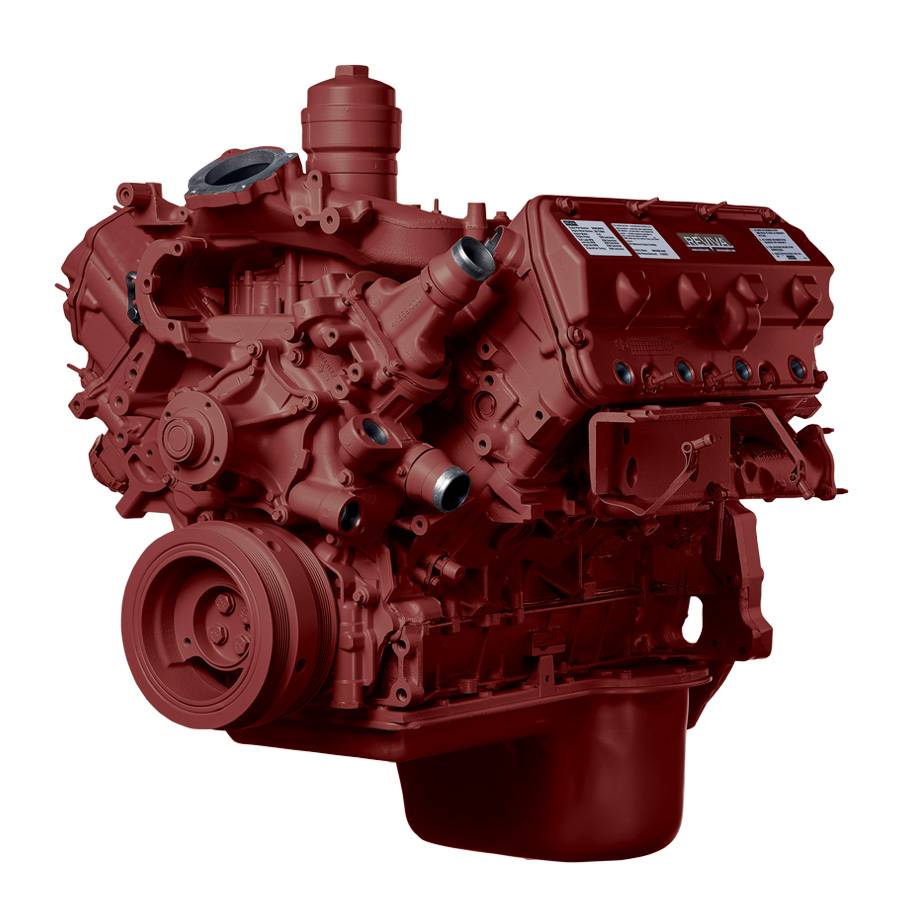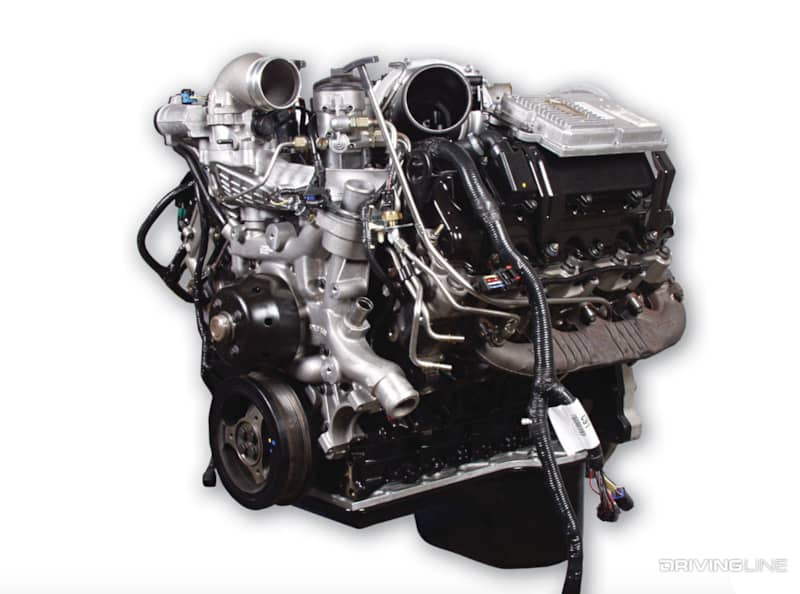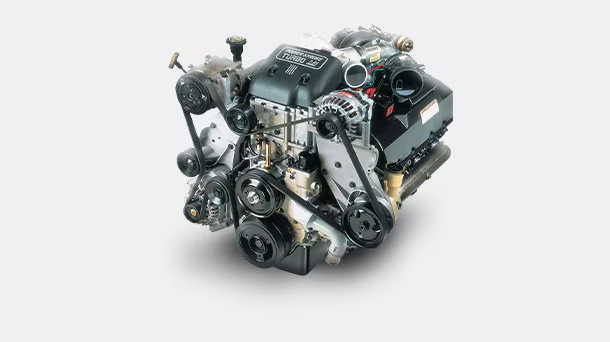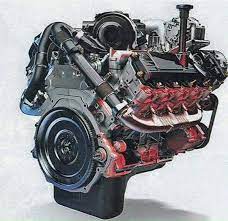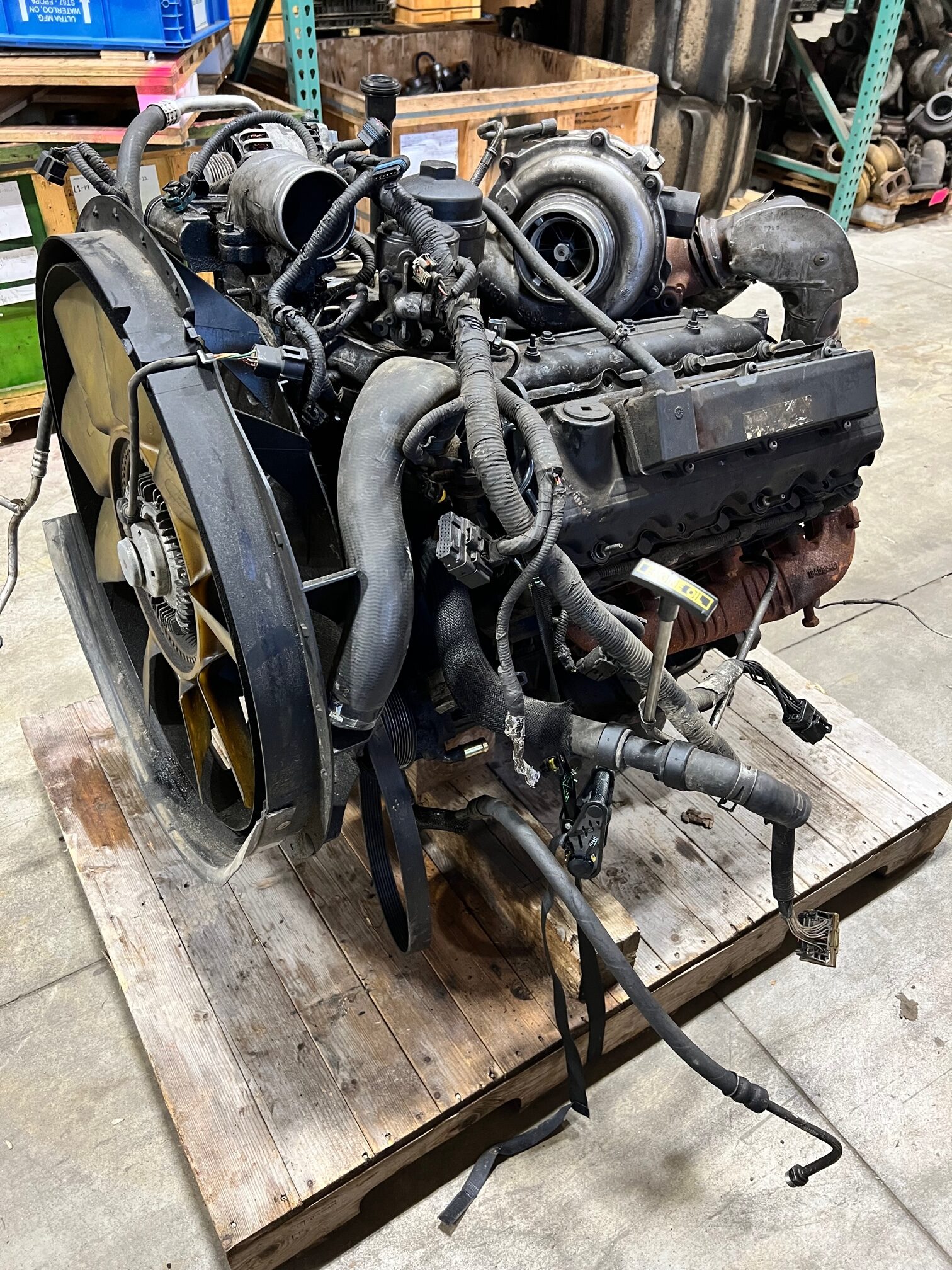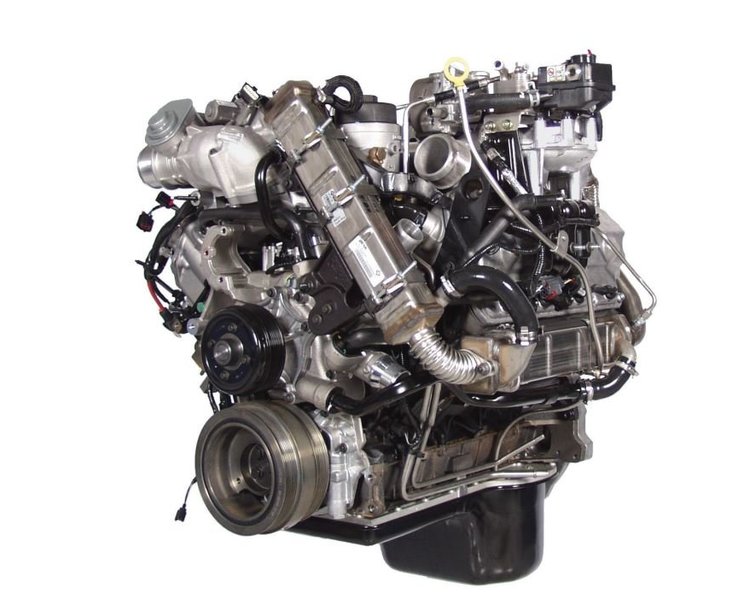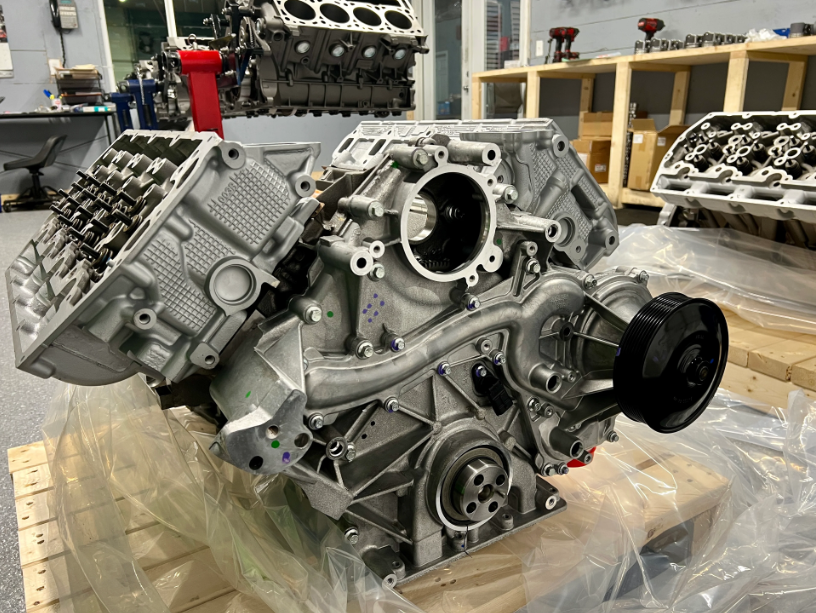Description
The Ford 6.0L Power Stroke Diesel Engine: A Comprehensive Overview
The Ford 6.0L Power Stroke diesel engine, introduced in 2003, quickly became a cornerstone of Ford’s heavy-duty truck lineup. It powered the Ford F-Series Super Duty trucks and was essential for professionals and enthusiasts alike who demanded high performance, reliability, and efficiency. However, the engine is also known for various challenges and complexities that have sparked extensive discussions among truck owners and mechanics. This article will take a closer look at the 6.0L Power Stroke, covering its specifications, strengths, weaknesses, and general reputation within the automotive community.
Specifications and Design
The 6.0L Power Stroke diesel engine was designed to replace the earlier 7.3L Power Stroke and was produced until 2007. It features a 6.0-liter displacement and is a V8 engine equipped with a turbocharger. The engine’s design includes:
- Configuration: V8
- Bore x Stroke: 3.88 inches x 4.25 inches
- Compression Ratio: 16.2:1
- Fuel System: Common rail direct fuel injection
- Horsepower: Approximately 325 hp @ 3,300 RPM
- Torque: About 570 lb-ft @ 2,000 RPM
One of the key innovations of the 6.0L engine was the introduction of a variable geometry turbocharger (VGT) that enhanced throttle response and fuel efficiency. The common rail fuel injection system also permitted more precise fuel delivery, improving combustion efficiency and emissions reduction.
Performance and Applications
The 6.0L Power Stroke was developed primarily for heavy-duty towing and hauling applications, making it an ideal choice for commercial trucks, RVs, and off-grid enthusiasts. Its impressive torque and horsepower ratings allowed it to tow considerable loads, including trailers, boats, and equipment.
Drivers frequently praised the engine for its strength and performance when properly maintained. It provided a strong acceleration response, a smooth power delivery band, and sufficient capabilities for most heavy-duty jobs, which contributed to Ford’s reputation as a leader in the diesel truck market.
Common Issues and Controversies
Despite its design advancements, the 6.0L Power Stroke engine is often criticized for a series of common issues that arose over its production run. Some of the most frequently reported problems include:
- Head Gasket Failures: One of the most serious issues with the 6.0L was the propensity for head gasket failures, often cited as a significant weakness. Many owners experienced coolant leaks and overheating, which could lead to massive repair costs.
- EGR Coolers: The engine’s EGR (exhaust gas recirculation) system was known to fail, which could lead to coolant mixing with the engine oil. This contamination could cause engine damage and was an expensive fix.
- Oil Cooler Problems: The oil cooler in the 6.0L Power Stroke is also prone to clogging, which leads to a drop in oil pressure and can cause severe engine damage if left unaddressed.
- FICM (Fuel Injection Control Module) Issues: FICM failures could lead to hard starting, rough idle, and performance problems, necessitating costly repairs or replacements.
- Turbocharger Failures: Although the VGT turbocharger provided many advantages, it was not immune to failure, impacting engine performance significantly.
These issues tarnished the reputation of the 6.0L engine, leading to its mixed standing in the community. While a well-maintained unit can perform excellently, potential buyers should be aware of the common pitfalls and necessary preventive maintenance.
Aftermarket Modifications and Enhancements
Due to a robust aftermarket support system, the 6.0L Power Stroke has a growing community of enthusiasts who share knowledge on modifications and repairs. Many owners turn to upgrades to enhance performance and reliability, including:
- Head Studs: Installing heavy-duty head studs instead of factory bolts is a popular modification to improve head gasket integrity.
- Performance Tuners: Various tuners and chips can enhance power output and fuel economy, effectively optimizing the vehicle for specific applications.
- EGR Delete Kits: Many enthusiasts opt to remove or replace the EGR system to avoid common issues and improve performance. However, such modifications may not be legal in all areas due to emissions regulations.
- Intake and Exhaust Upgrades: Aftermarket air intakes and exhaust systems can improve airflow and enhance performance.

